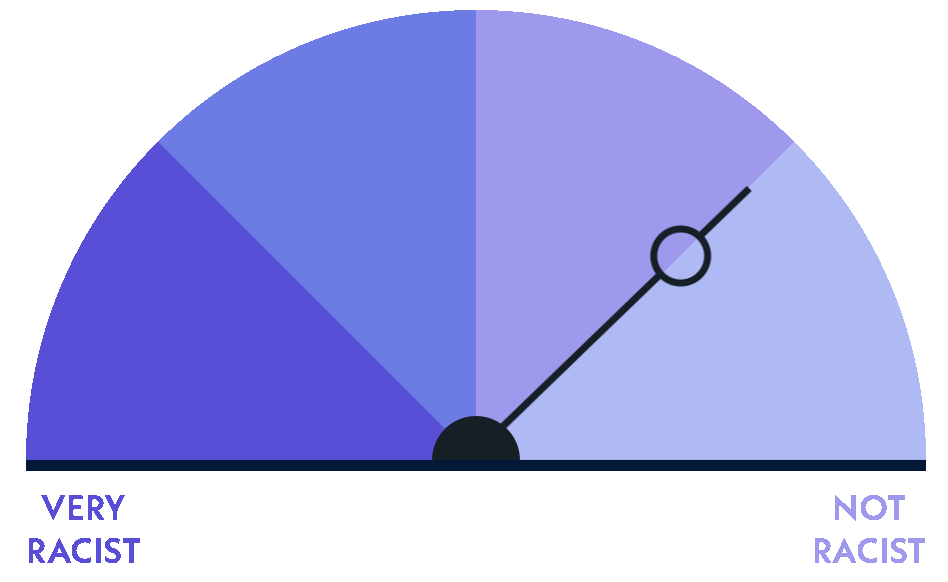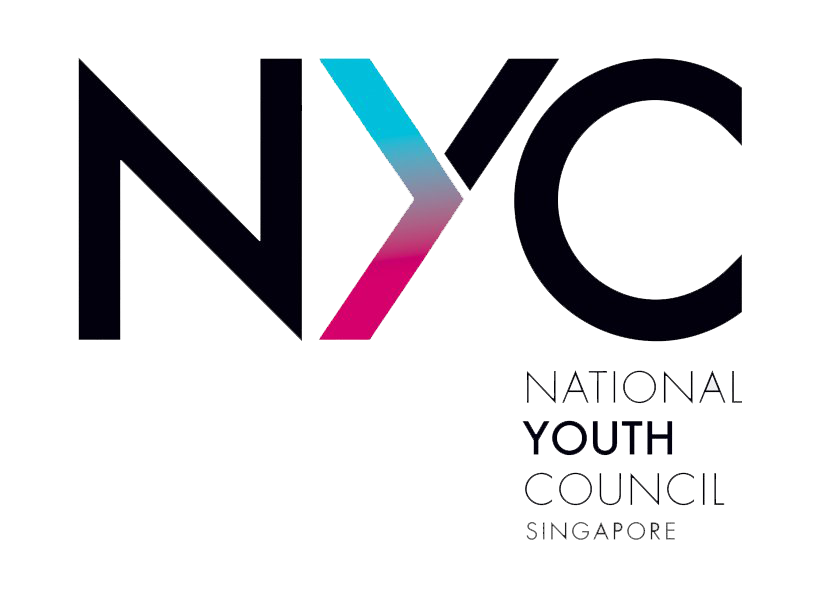ENGAGING IN
CIVIC CONVERSATIONS
STRENGTHENING OUR SOCIAL COMPACT
THROUGH DIALOGUE

Talk is more than just talk. Conversations can strengthen mutual understanding and build trust between people of different backgrounds and perspectives. This is important as the growing polarisation, cancel culture and echo chambers — especially on social media — threaten to divide our community.
Nurturing young people’s ability to discuss complex and controversial issues by highlighting important social norms and values they should observe during these conversations can bridge any real or perceived divide.
The civic conversations campaign, led by the Ministry of Culture, Community and Youth, the National Youth Council and Mediacorp, engaged with academic experts, community leaders and youths on issues about race, local-foreigner relations and intergenerational differences through Instagram Live and articles on TODAYonline.
The essence of these engagements have been distilled into a few crucial learning points that can empower youths to engage in difficult conversations of their own.

Acknowledge that people have different
definitions of “racism”
Everyone has different definitions of racism due to different lived experiences, backgrounds and values. These definitions also change over time and societal developments. For example, the term "hearing-impaired" is now viewed as negative in the deaf community as it implies a deficit or that the person is less whole.
In the Singaporean context, definitions also continue to shift. A 2021 CNA-IPS survey question showed a 50-50 split amongst respondents on whether a particular act was 'racist'. This percentage will change as societal norms and sensitivities evolve.

Is it racist to comment that someone' s
ability is an exception amongst their race?
Is it racist to comment that someone's ability is an exception amongst their race?
50.3%
RACIST

49.7%
NOT RACIST


“Calling in” instead of “calling out”

Calling in
Phrasal Verb
An invitation to a one-on-one or small group conversation to bring attention to an individual or group's harmful words or behaviour, including bias, prejudice, microaggressions, and discrimination.
There is a growing culture of calling out unacceptable behaviour and when taken to the extreme, cancelling a person or brand altogether. However, this could sometimes miss the point of engaging the person to educate them on what they did wrong.
Some racist behaviours may be born out of ignorance and not malice, which is why calling it in may lead to more positive outcomes. For example, the Young Sikh Association invited influencer Sheena Phua to visit a Sikh temple after an insensitive post she made about Sikhs in 2019.
The act of calling out still has its place in certain circumstances but it may be better reserved for overt forms of racism that are enacted with ill intent.

Diversify your social circle
More often than not, people assume that everyone’s reality is like their own. For example, those who have never experienced racism themselves may assume that racism does not exist.
Having friendships with people of different racial backgrounds gives us the opportunity to learn about, understand and emphathise with the experiences of others.
Through these firsthand interactions, we are also less likely to make generalisations about other racial groups.



Be intentional
There is a general reservation among Singaporeans to proactively build bonds with foreigners, and vice versa. Both parties find it more comfortable to stick to their own communities. However, without mixing socially, misunderstandings and conflicts arise more easily. Both foreigners and locals need to take extra effort to break out of their usual circles and widen their horizons.




Find shared challenges to build understanding
There is a perception amongst Singaporeans that foreigners are very culturally different from them. However, the truth is that many of them share similar concerns as locals, such as living expenses, work-life balance, parental concerns etc. By being open and sharing our everyday challenges, we may find that we have more in common than previously thought.


Build shared experiences and interests
Beyond bonding events organised by community clubs, mundane day-to-day experiences can also bring residents together e.g. spending time together at coffee shops, children of foreigners and Singaporeans going through PSLE together.



This campaign is just the start. Using the learnings and resources we have shared, we hope to further empower more youths to be able to engage in civic conversations along these topics.
Find out how to stay civil in difficult conversations
LEARN MORE
SCROLL TO TOP
















